Uses of School Bag
A school bag is an essential tool for students, serving not just as a means of carrying books, but as a symbol of organization, preparedness, and the daily rhythm of school life. Its use extends far beyond mere transportation of materials; it encompasses a wide range of functions that contribute to a student’s academic success and personal development.
Primarily, a school bag enables students to carry their textbooks, notebooks, stationery, and other educational materials efficiently. This portability ensures that students have access to all the necessary resources for learning, whether they are in the classroom, library, or at home. By keeping everything in one place, school bags help students stay organized, making it easier to follow their schedules and manage their assignments. The habit of organizing and packing a school bag fosters a sense of responsibility and time management skills, which are crucial for academic success and future professional life.
Moreover, school bags are designed to distribute weight evenly, which is particularly important for young students who carry heavy loads daily. Ergonomic designs with padded straps and back support help prevent physical strain and promote good posture, reducing the risk of long-term health issues. This aspect of school bag design underscores the importance of physical well-being in the educational environment, ensuring that students can carry their materials comfortably and safely.
Beyond functionality, school bags also serve as personal statements. They come in various styles, colors, and designs, allowing students to express their personalities and preferences. This element of personalization can enhance a student’s sense of identity and belonging, contributing to their overall emotional and social development. In a school setting, where peer relationships and social dynamics play significant roles, a school bag can be a small but meaningful way for students to connect with others and feel confident about their individuality.
Additionally, school bags often include compartments and pockets designed for specific items such as laptops, water bottles, lunch boxes, and even musical instruments or sports equipment. This versatility ensures that students can carry everything they need for a full day of diverse activities, from academic classes to extracurricular engagements. By accommodating these varied needs, school bags support a balanced and enriching school experience, encouraging students to participate in a wide range of activities that contribute to their holistic development.
In conclusion, the use of a school bag goes far beyond its apparent role of carrying books. It plays a crucial part in a student’s daily life, supporting their organizational skills, physical health, personal expression, and engagement in a broad spectrum of school activities. As an indispensable accessory, the school bag enhances the educational experience, helping students navigate their academic journeys with confidence and ease. The thoughtful design and practical utility of school bags reflect the evolving needs of students, ensuring that they remain effective tools in the pursuit of knowledge and personal growth.
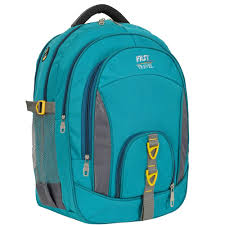


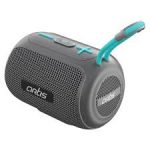
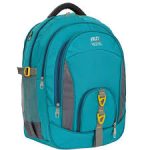
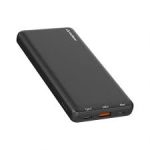


















































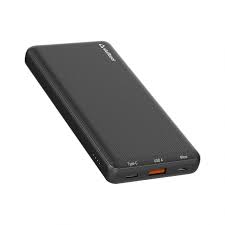









https://www.bikemap.net/en/u/gwoodscapesunit/routes/created/
https://www.fanfiction.net/u/16261993/
https://www.geni.com/people/private/6000000206481430896
https://dasauge.de/-godrejwoodscape-2/
https://www.metal-archives.com/users/gwoodscapes
https://www.awn.com/users/prestige-raintree-park
https://easymeals.qodeinteractive.com/forums/users/praintreepark/
https://www.digitalocean.com/community/users/praintreepark
https://www.coursera.org/user/5c5193da865e8fec8a2a2aa229dfb6a9
https://loop.frontiersin.org/people/2766529/bio
https://www.pearltrees.com/psomervilleunits
https://support.advancedcustomfields.com/forums/users/praintreepark/
https://www.brownbook.net/business/52801633/prestige-raintree-park/
https://www.e-xecutive.ru/users/1898259-prestige-raintree-park
https://users.playground.ru/5104771/
https://kuula.co/post/5w9Sc
https://bimber.bringthepixel.com/main/buddypress/members/prestigesomerville-1/profile/
https://forum.acronis.com/user/670018
https://mitwirken.stadt-zuerich.ch/profiles/psomervilleunits/activity
https://participer.ge.ch/profiles/psomervilleunits/activity
https://www.codeproject.com/script/Membership/View.aspx?mid=16284637
https://www.findagrave.com/cemetery/2804592/prestige-somerville
https://www.4shared.com/u/Amzp2I4w/psomervilleunit.html
https://www.4shared.com/file/3VihG2Axge/Prestige_Somerville_Model_Apar.html
https://kuula.co/profile/psomervilleunits